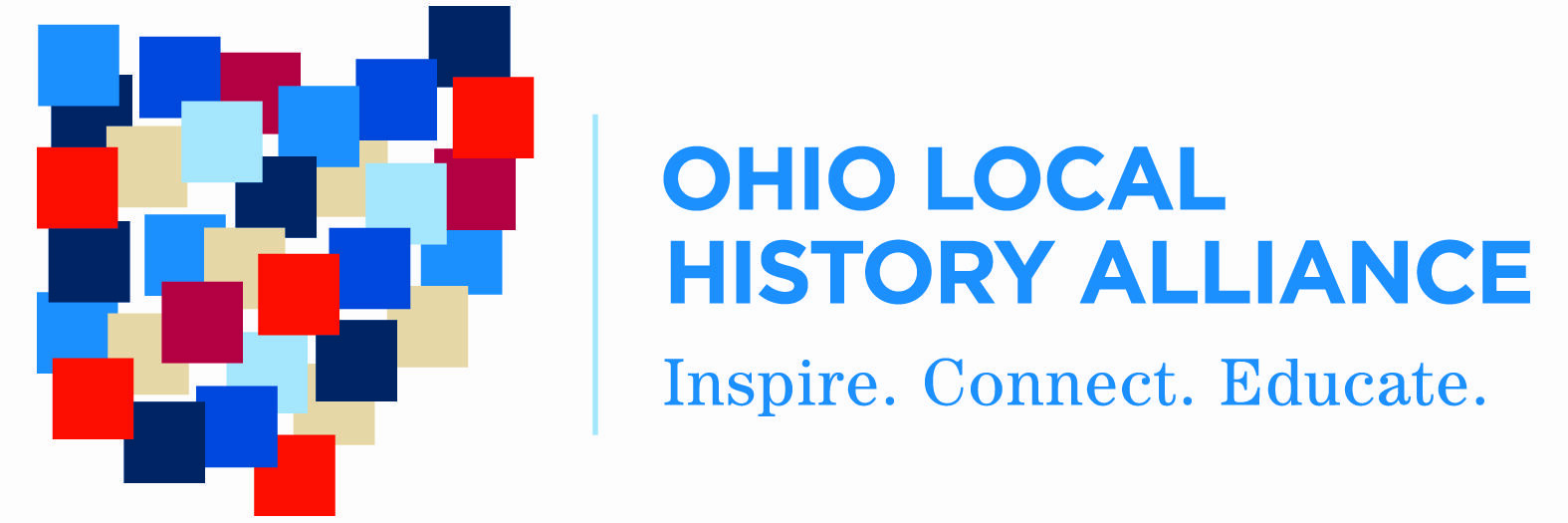Internships, Part 1: The Host Site
By Kate Smith
Let’s face it – we all need a little extra help sometimes. Often, nonprofits don’t have the funds or resources needed to find and pay great employees. While it can take some effort, interns can be a wonderful blessing to your organization. Over the next three weeks, we will look at internships through three very important sets of eyes: the host site, the college supervisor and the intern. As we wade through questions like, Where can we find good interns? How many hours should they work? What projects should we have them do? How can we get a college to partner with our organization?, we’ll get advice from the experts.
Archivist Mandy Altimus Pond and the Massillon Museum have been running a very successful internship program at their site for some time. They work with local universities to place good interns in the proper place within their museum. Then, the staff at the museum takes on the role of mentoring these students to be leaders in the field.
Here is what Mandy has to say about internships:
Why do you offer internships?
Our staff is very small for what we do, so we can accomplish much more with the help of volunteers and interns. Interns can focus on one project for a certain period of time (like a semester). They’re reliable, eager to learn and want to help you achieve your goals as an institution.
What makes a good intern? What do you expect from interns at your site?
We expect the basic things – show up on time, dress appropriately, communicate with your supervisor. Many universities have gotten stricter about what they expect for their students, which has pushed us to plan internship projects in advance. So, we expect interns to complete these projects.
Do you have any stories about successful interns, projects or programs?
This semester, I have two interns that are working to digitize, inventory and rehouse flat files. They are speeding through the process. At the end of the summer, we will have reference shots of more than 300 flat file documents, with an inventory and finding aid. That’s major progress that I wouldn’t have had time to complete. But, because these interns can focus on that one project, they are able to make great things happen.
Where do you find your interns?
We are lucky; interns usually contact us and we can often interview applicants to see who will fit best with our personalities, our program and our schedule. When we need to seek out interns, we find that universities are the best. Walsh University’s Museum Studies program is great because the students must complete a one-year internship. This way, we can take the time to train interns well and leave them to work with little supervision for the majority of the internship.
Do you pay your interns?
We do not pay our interns, but they receive perks like getting college credit for their internship, a letter of recommendation and some field trips and special VIP events.
What is the best structure for your interns?
Personally, I like to run a hands-off style internship. I start off with a tour of the facility and explain our policies and procedures prior to beginning the project. I explain the project, walk them through it a few times and then let them run with it. I check in periodically to make sure they’re on right track, and I am available for questions. I find it works well, as I don’t have a lot of time to hand-hold throughout the day. They have to be self-sufficient. Supervisors, however, have to be patient because interns are usually new to the field. You have to work with them, train them well and check their work from time to time.
Anything Else?
Interns should do meaningful things that they can feel good about when it’s completed. It also should help them with their education and future intern or career placements. If they only do janitorial work (which might be something the staff needs help with) they won’t learn about the function of museums.
See also: Internships, Part 2: the College Supervisor; and Internships, Part 3: the Intern
Kate Smith is a Region 5 representative of the Ohio Local History Alliance and Special Projects Coordinator at the Dennison Railroad Depot Museum in Dennison, Ohio.
